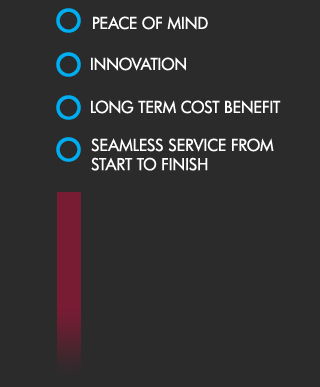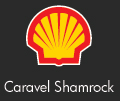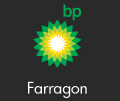Track Record...
Click on any project to view more detail.
Please click here for Chillum Oil’s full track record.

The project involves the partial decommissioning of these pipelines, the installation of the new subsea infrastructure and the subsequent recommissioning of the pipelines to full operational status.
From initial assessment and concept selection, through FEED and into execution, Chillum Oil has had a pivotal role in this major project. Chillum’s ability to draw on experience gained during the Total MCP01 and Shell Caravel Shamrock projects proved vital for the development of the partial decommissioning and recommissioning philosophies as well as the selection and implementation of the autonomous isolation tools required for NLGP and FLAGS.

During the FEED phase, Chillum Oil developed the commissioning philosophy for the project and then led the commissioning through the execution phase.
Chillum’s approach to the integration and commissioning of the field-critical IOPPS and subsea control system was to ensure the onshore testing was sufficiently exhaustive to minimise the final offshore commissioning. Not only did this allow a greatly reduced offshore commissioning scope, but also ensured effective early integration into the existing Howe control system.
Chillum Oil also provided the key link between the execution team and the asset operations team during the start-up of the field, guiding the start-up and bean-up of the well from the Nelson control room.

Chillum Oil personnel have had a long association with the Curlew field, from the original field development in 1997 through to the subsequent Curlew D expansion and Curlew C projects. With this association came an in depth understanding of the complexities of the subsea & topside infrastructure that allowed the decommissioning and recommissioning to be carried out as safely and efficiently as possible.

From the onshore integration testing of the manifolds, trees and control system through to the final offshore commissioning and start-up, Chillum Oil led the commissioning for the project. Not only was the field brought on stream under budget, but the commissioning strategy minimised downtime of the already producing Scoter field.
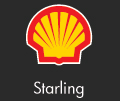
Chillum Oil managed the subsea commissioning for the project and also provided the interface between the subsea infrastructure and Brownfield modifications to the Shearwater platform. This integrated approach helped the original Starling development to be brought on stream under budget and ahead of schedule.
The third, infill well was drilled two years later to maintain full capacity in the flowline and Chillum Oil were invited to manage the commissioning for this development.

With dual-diameter pipelines and two wye-pieces, this extremely complex pipeline system required a great deal of engineering and planning to ensure the pipeline precommissioning went smoothly. Chillum Oil were onboard the Corvette platform to ensure that partial decommissioning of the existing Brigantine to Corvette pipeline and the subsequent isolation using a series of autonomous isolation tools went without a hitch. The safety of the divers during the tie-in of the 20” wye-piece was of paramount importance and the design, installation, control & monitoring of the autonomous isolation tools was key in allowing the subsea construction to be undertaken.
Recommissioning of the Brigantine to Corvette pipeline and commissioning of the new 16” pipeline from Caravel and Shamrock were combined in an intricate dewatering sequence, allowing the production from both the existing Brigantine platform and the two new monotowers to be brought on stream as soon as possible.
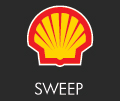
During the Concept Selection and FEED phases, Chillum Oil has been providing innovative solutions for the pipeline and umbilical commissioning to minimise cost and reduce the project schedule risk by removing topside / subsea commissioning interfaces.
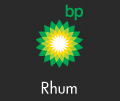
Chillum Oil were contracted to lead the commissioning during the execute phase, managing the commissioning of both the topside infrastructure associated with the Rhum development and the complete subsea system. Chillum were also retained to provide offshore support to asset operations for the start-up of first two wells.
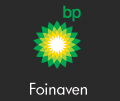
Chillum Oil personnel have been involved with the Foinaven field since the subsea infrastructure was first installed in 1996. From 2002 onwards, Chillum Oil has provided pipeline commissioning services for numerous intervention campaigns on Foinaven, as well as the Phase II expansion of the field.

Chillum Oil developed the precommissioning and commissioning philosophy for the bundle pipeline & control tubing system.
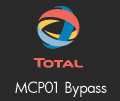
Chillum Oil was involved from the early stages of the project, advising on the best decommissioning, isolation and recommissioning solution for the two campaigns. Chillum Oil then led the acceptance testing for the autonomous isolation tools. During the execution phase of the project, Chillum managed the engineering for the decommissioning, isolation & recommissioning on behalf of the installation contractor and lead the offshore execution teams responsible for that scope.
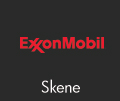
Chillum Oil managed the precommissioning of the pipeline and control system precommissioning and commissioning on behalf of the installation contractor.

